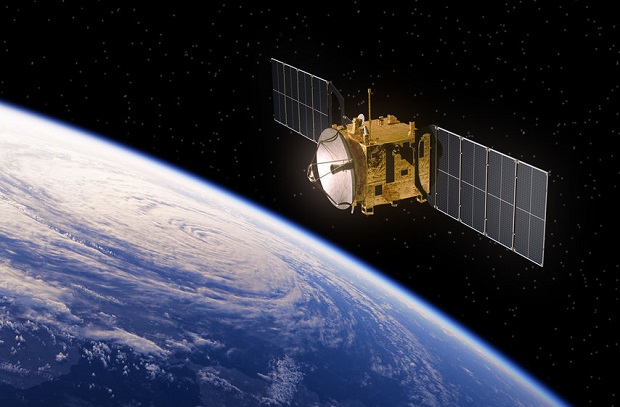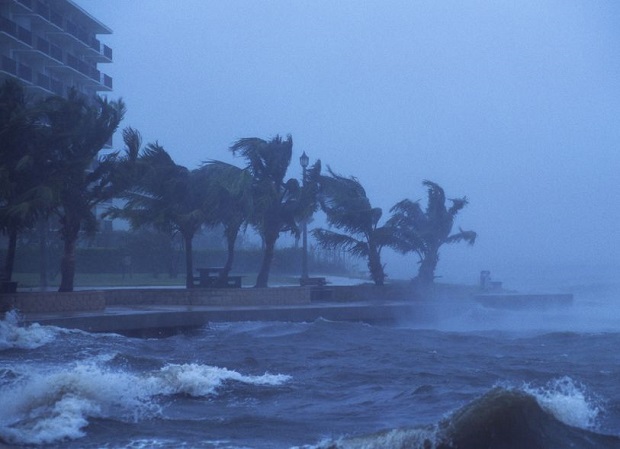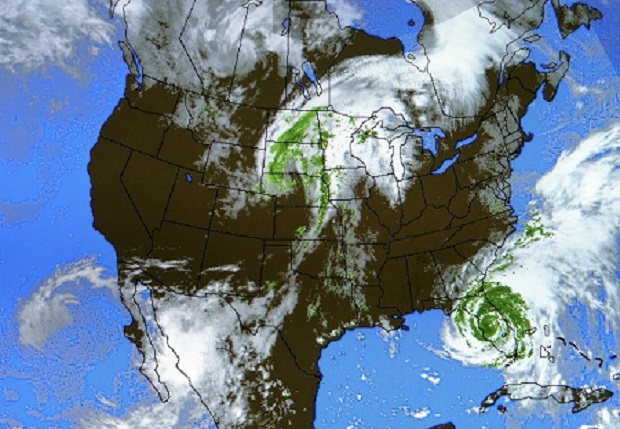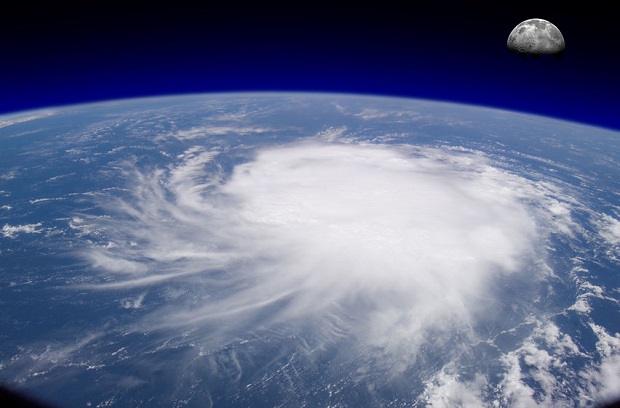
How Are Hurricanes Measured?
A hurricane’s strength is measured using various methods, including aircraft reconnaissance, ocean buoys, and satellite imagery.
The official means of determining the intensity of a hurricane, as defined by the National Hurricane Center, involves physically recording the average sustained wind for one minute at a spot 10 meters in elevation above the ocean’s surface. This value is extremely difficult to measure physically and is also highly variable from place to place within a hurricane, so other methods have been developed to estimate the sustained wind speeds of a hurricane.
Hurricanes Are Measured by Physical Measurement
Airplane reconnaissance determines if a center of circulation exists within a tropical system. Other storm features, including wind speed at flying altitude, usually around 10,000 feet, can also be measured. Buoys in the ocean also take wind measurements recorded at or near sea level. Neither airplane reconnaissance nor ocean buoys record the wind speed at 10 meters above the ocean’s surface, but the measurements obtained from these methods can be used to calculate the average sustained wind speed at 10 meters. The most reliable method of obtaining a physical measurement of hurricane wind speed at 10 meters is a small device called a dropsonde. A dropsonde is released from a reconnaissance aircraft to measure and relay wind speed information as it falls through the storm.
Hurricanes Are Measured by Satellite Estimation
In addition to the physical means of measuring a hurricane, an empirical method of analyzing satellite images is also used. Named the Advanced Dvorak Technique (ADT) after the meteorologist who developed it in the 1970s, this method uses a system for analyzing specific patterns derived from satellite imagery to estimate the wind speed of a tropical storm or hurricane. ADT has been found to be very reliable when tested against physical methods of gathering wind speed data.
Why Basic Wind Measurement Tools Are Impractical
Anemometers, the instruments used to measure wind speed and wind pressure, are sometimes used to measure a hurricane’s strength once it hits land, but a hurricane’s force makes these instruments impractical. The 3-D anemometers used today are designed to detect and ignore signals produced by particles in their sound path, such as light precipitation. Under hurricane conditions, the instrument’s results can become contaminated when bombarded with forceful participation.
Resources
“Hurricane Basics.” National Hurricane Center. National Oceanic and Atmospheric Administration. N.d. Web. 24 December 2019. https://www.hsdl.org/?view&did=34038
Lyons, Steve. “How Strong Is That Hurricane?” WeatherInsights®: The Weather Channel Blog. The Weather Channel. March 26, 2008. Web. 24 December 2019. http://www.weather.com/blog/weather/8_15152.html
“Hurrican Facts.” National Weather Service. N.p., n.d., Web. 24 December 2019. https://www.weather.gov/source/zhu/ZHU_Training_Page/tropical_stuff/hurricane_anatomy/hurricane_anatomy.html
“Expandable Airborne Instruments.” Hurricanes Science and Society. N.p., n.d., Web. 24 December 2019. http://www.hurricanescience.org/science/observation/aircraftrecon/expendableairborneinstruments/
“Tropical Cyclones-Advanced Dvorak Technique (ADT).” Cooperative Institute for Meteorological Satellite Studies. University of Wisconsin-Madison. N.p., n.d., Web. 24 December 2019. http://tropic.ssec.wisc.edu/misc/adt/info.html
Eckman, Richard M. “A Pressure-Sphere Anemometer for Measuring Turbulence and Fluxes in Hurricanes.” Journal of Atmospheric and Oceanic and Technology. 2007, Volume: 24, Issue: 6
Glossary of Terms
Advanced Dvorak Technique: method to estimate tropical cyclone intensity utilizing longwave-infrared, temperature measurements from geostationary satellites.
Cooperative Institute for Meteorological Satellite Studies University of Wisconsin-Madison
Dropsonde: a weather reconnaissance device designed to be dropped from an airplane. The dropsonde includes meteorological instruments and a parachute.
Southeast US Atlantic Coastal Ocean Observing System
Reconnaissance: a preliminary survey to gain information; especially: an exploratory military survey of enemy territory.
Merriam-Webster Dictionary
Expert Opinion
“The bottom line is that it is not easy to measure a hurricane’s strength over a data-void ocean. New techniques continue to be invented that allow for better estimates when direct measurements are unavailable. ”
Dr. Steven Lyons The Weather Channel





